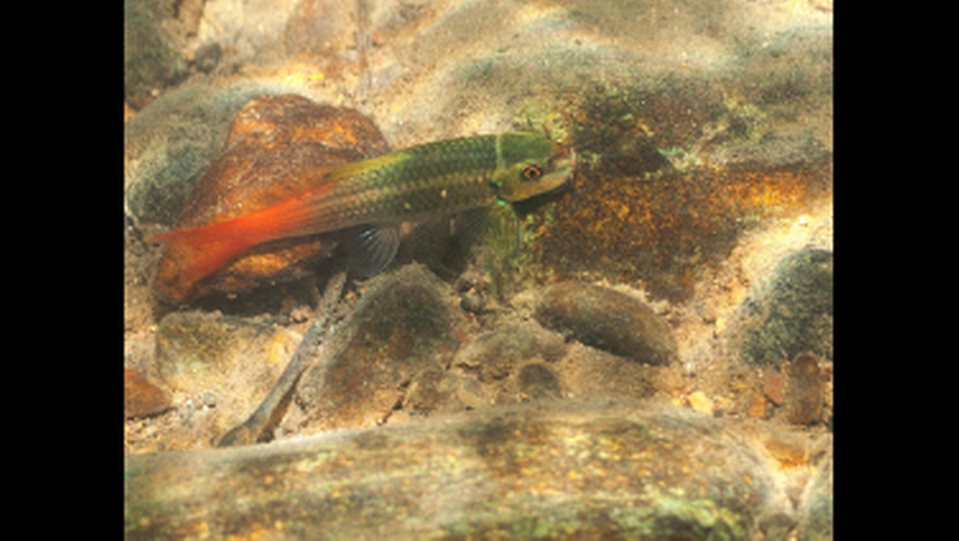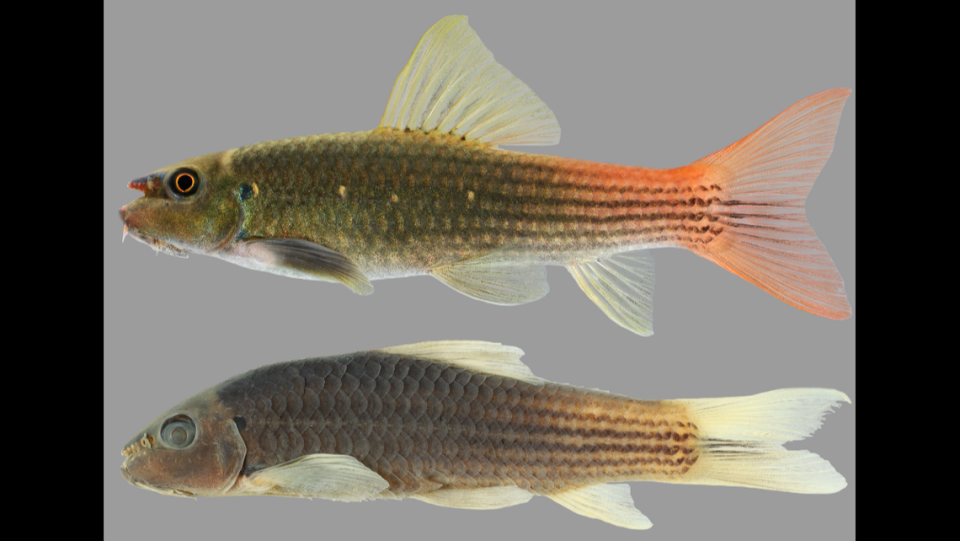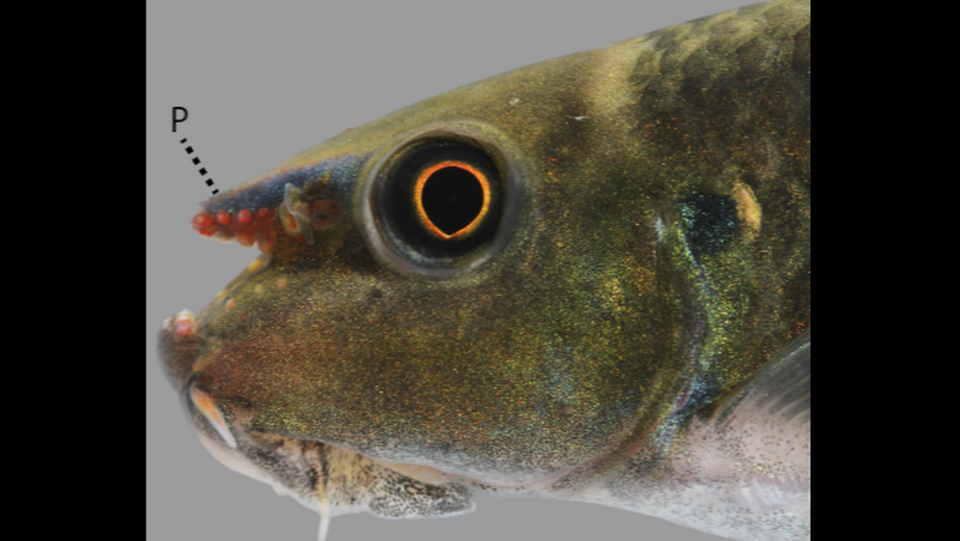Vibrant creature found near Thailand is perplexing — and a new species. Take a look
More than 15 years ago, a group of nature lovers were on their way to the Thungyai Naresuan Wildlife Sanctuary in Thailand when something strange caught their eye: a rock-licking fish with a bright red tail.
After arriving at their camp, the visitors went diving and discovered the fish, which was determined to be a new species and was named the Garra Red tail — because it is a member of the diverse Garra genus and because of its coloring, according to a post from the Facebook page Freshwater Fishes of Thailand by Dr. Nonn Panitvong.

Since then, the fish has been known throughout the aquarium trade as the Redtail Garra. Now, for the first time, experts have scientifically identified the creature as an official new species.
Co-authors Weerapongse Tangjitjaroen, Zachary S. Randall, Sampan Tongnunui, David A. Boyd and Lawrence M. Page, describe the fish and identify it as Garra panitvongi in a new study published June 30 in Zootaxa.
Here’s what to know about the creature.
Garra: a diverse genus
Researchers said they collected samples of the new species from the Salween River basin in southeastern Myanmar and western Thailand. The discovery of Garra panitvongi marks the sixth species of Garra discovered in the river basin, according to the study.
There are 189 species of Garra — making it one of the most diverse genera of fish in the world — ranging “from western Africa to China, north to Turkey and Afghanistan, and south to Borneo,” researchers said. Five of those species have been previously identified in the Salween river basin.
The samples were specifically collected from Kasat River in the Kayin State of Myanmar and the Kanchanaburi Province of Thailand.
A distinctive appearance
The newest species of Garra is distinguished by its vibrant coloring and uniquely shaped proboscis, experts said.
The fish’s caudal fin, or tail, and the back quarter of its body is a “red-orange color,” photos show.

Researchers also noted its pointy proboscis, which is a long and thin tube positioned at about the same height as the fish’s eye. The proboscis is also significant because of the blue stripe that originates at its tip and extends in a V-shape towards the creature’s eye.

Aside from its brightly colored tail, the fish has a dark greenish body and head, the study said. It has six to seven black stripes on its sides before it transitions to its red-orange coloration.
Experts said the fish lacks black spots on its proboscis and bands on its tail that other similar species in the area have.
The fish are an average of about 3.6 inches long, the study said.
Google Translate was used to translate the Facebook post from Freshwater Fishes of Thailand by Dr. Nonn Panitvong.
Deep-sea creature — a new species with eye-catching snout — discovered near Madagascar
New striped creature — with orange groin and unique mating call — found in Australia
Dark purple creature hidden beneath rocks on Thai island discovered as new species

